
Not all FR clothing is created equal—and for many buyers, the most important decision isn’t just size or color. It’s what the fabric is made of.
When sourcing flame-resistant (FR) garments, you’ll often come across two terms: inherent and treated. Both offer protection against fire and heat hazards, but how they perform—and how long they last—can vary significantly.
So, which should you choose? That depends on your work environment, exposure frequency, and budget.
What Are Inherent FR Fabrics?
Inherent FR fabrics are naturally flame-resistant by their very fiber structure. That means the flame resistance is built into the core of the material, not added later.
Key characteristics:
- Made from fibers like Nomex®, Kevlar®, modacrylic, and other high-performance blends
- FR properties cannot be washed or worn out
- Protection lasts for the entire life of the garment
- Typically more durable, with better shape retention and colorfastness
Pros:
- Permanent FR protection
- Better performance in extreme heat and repeated exposures
- Less shrinkage, pilling, and fading over time
- Ideal for daily wear in electrical utilities, military, aerospace, or high-risk arc environments
Cons:
- Higher upfront cost
- May feel stiffer or less breathable in hot environments
- Fewer low-cost options in the market
✅ In short: Inherent FR is premium protection—you get what you pay for.
How Treated FR Fabrics Work
Treated FR fabrics start with a base material (usually cotton or polyester blends) and undergo a chemical treatment process to add flame resistance.
Common examples:
- FR cotton, FR denim, or FR fleece
- Treated with proprietary chemicals (e.g., ammonia-cured phosphonates) that bond to the fibers
- Flame resistance is durable—but can degrade over time, especially with improper washing
Pros:
- Lower cost = more affordable for large teams
- Softer feel and better breathability at first wear
- Good for light-to-moderate hazard environments
- Suitable for industries like oil & gas, general construction, or short-term contractors
Cons:
- FR protection may diminish after repeated washes
- Requires strict laundering compliance
- Shorter garment lifespan
- Not ideal for high-frequency flash fire or arc exposure
✅ Treated FR is great for budget-conscious buyers or rotational crews.
Durability and Cost Considerations
Side-by-side comparison:
| Feature | Inherent FR | Treated FR |
|---|---|---|
| Flame Resistance | Permanent | Wash-dependent |
| Lifespan | 3–5+ years | 1–3 years (with proper care) |
| Comfort (initial wear) | Moderate | High |
| Best For | High-risk, long-term use | Moderate risk, short-term use |
| Price Level | $$$ | $–$$ |
| Laundry Sensitivity | Low | High |
If you plan to issue FR garments for daily, long-term wear, inherent fabrics save money in the long run due to fewer replacements. But for seasonal teams or short-term projects, treated FR offers affordable compliance without overspending.
Wash Cycles and Lifespan: What to Expect
With inherent FR, you can wash and wear the garment hundreds of times without losing protection.
With treated FR, lifespan depends on:
- Laundering methods (industrial vs. home washing)
- Water hardness and chemical exposure
- Frequency of use
A treated FR shirt may last up to 50–100 wash cycles—but only if it’s washed properly and not damaged.
✅ Always follow the manufacturer’s care label. Improper washing (e.g., bleach, softener, high heat) can strip FR treatment from treated garments.
Industry Suitability Comparison
| Industry | Recommended Fabric Type | Reason |
|---|---|---|
| Electrical Utilities | Inherent FR | Better arc flash performance, durability |
| Oil & Gas Operations | Treated or Inherent (depends on role) | Cost control for large teams, task-specific use |
| Chemical Plants | Inherent FR | Higher protection from sustained heat |
| Construction Contractors | Treated FR | Suitable for rotating crews and temp workers |
| Firefighting/Wildland | Inherent FR | Extreme heat resistance required |
Consider role + exposure + frequency before deciding what fabric type to issue.
Buyer Tips: How to Identify Fabric Type
Not all suppliers clearly label the fabric category—so here’s how to check:
-
Look at the garment label
- Terms like “Modacrylic blend,” “Nomex®,” or “Inherent FR” suggest inherent
- “FR cotton,” “treated blend,” or no fabric indication usually = treated
-
Ask for technical data sheet (TDS)
- This will show whether the FR property is from fiber or finish
-
Request ASTM or NFPA test results
- Reliable suppliers will show which standard the fabric meets, and how
-
Check with your supplier directly
- Good partners will explain the fabric source, treatment method, and lifespan
✅ Tip: On our team at workwearsolutions, we’re happy to help buyers compare inherent and treated options side by side—so you don’t have to guess.
Conclusion
The choice between inherent and treated FR fabrics isn’t about which is “better”—it’s about which is right for your worksite, budget, and team.
If you need long-term, high-performance protection for daily arc or fire risk, inherent FR is your best investment.
If you’re outfitting large seasonal crews, or need budget-conscious compliance for light exposure, treated FR can meet your needs affordably—as long as it’s properly maintained.
📩 Need help comparing FR fabric options or selecting the right garments for your environment?
Reach out to me directly—we’ll help you find gear that fits your risk level and your budget.
📬 [email protected]
🌐 www.workwearsolutions.net
Zion Zhang
Recent Posts
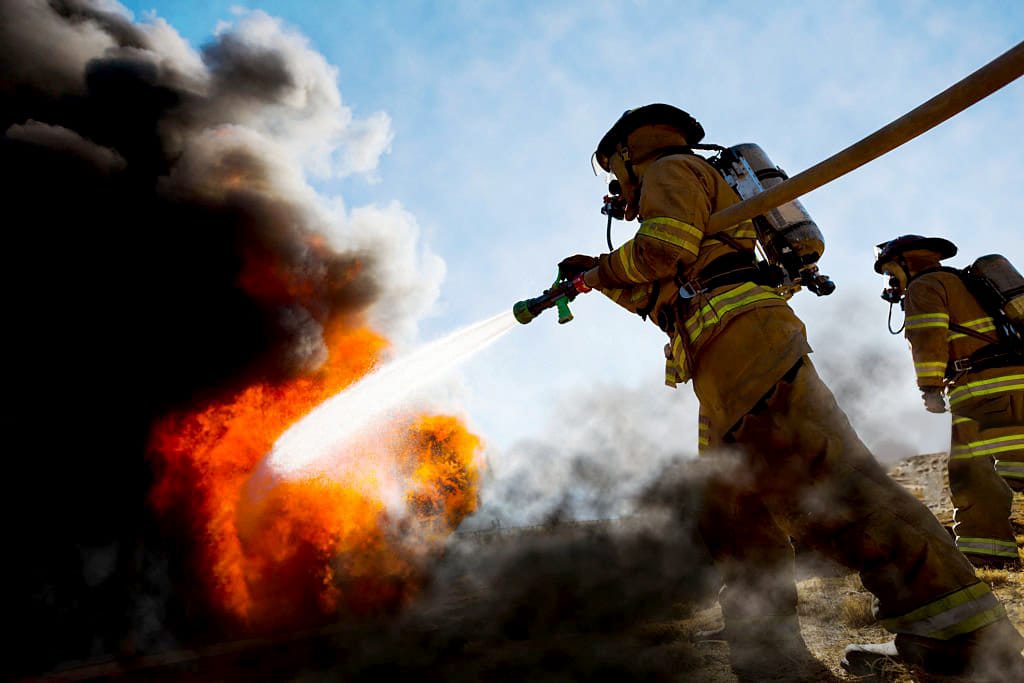 Flame Resistant Base Layers: Hidden Protection with Maximum Impact2025年6月25日Most people think FR protection starts and ends with […]
Flame Resistant Base Layers: Hidden Protection with Maximum Impact2025年6月25日Most people think FR protection starts and ends with […]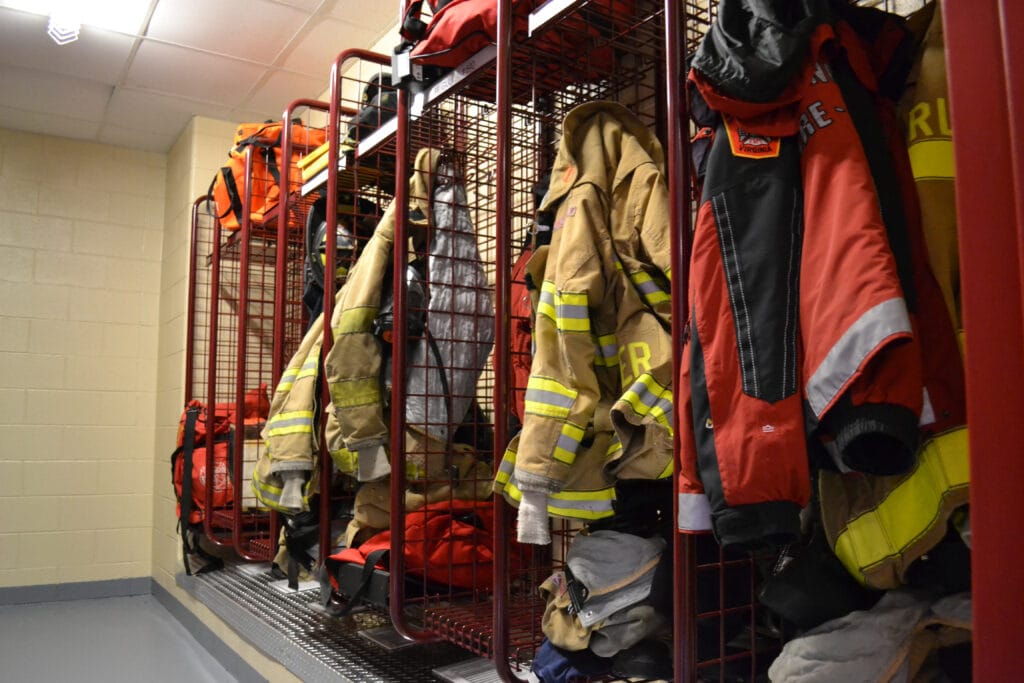 FR Coveralls vs. FR Shirt and Pants: Which Is Better for Your Team?2025年6月25日When it comes to protecting your team from heat, flame, and […]
FR Coveralls vs. FR Shirt and Pants: Which Is Better for Your Team?2025年6月25日When it comes to protecting your team from heat, flame, and […]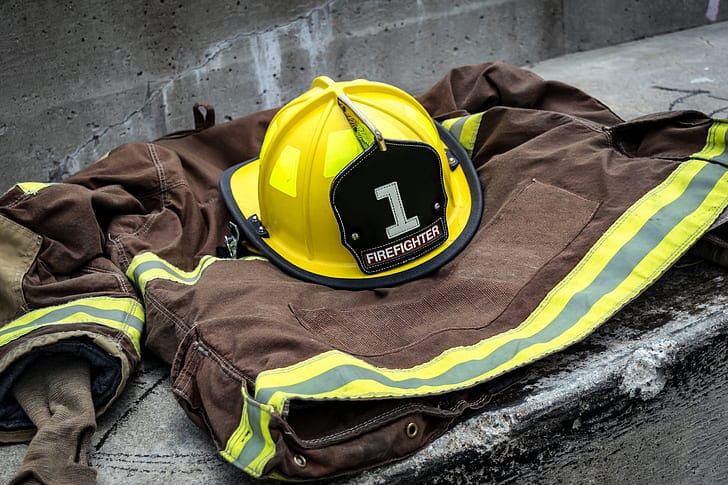 Understanding NFPA 2112 and NFPA 70E: FR Clothing Compliance Explained2025年6月25日When it comes to flame-resistant (FR) clothing, not all […]
Understanding NFPA 2112 and NFPA 70E: FR Clothing Compliance Explained2025年6月25日When it comes to flame-resistant (FR) clothing, not all […]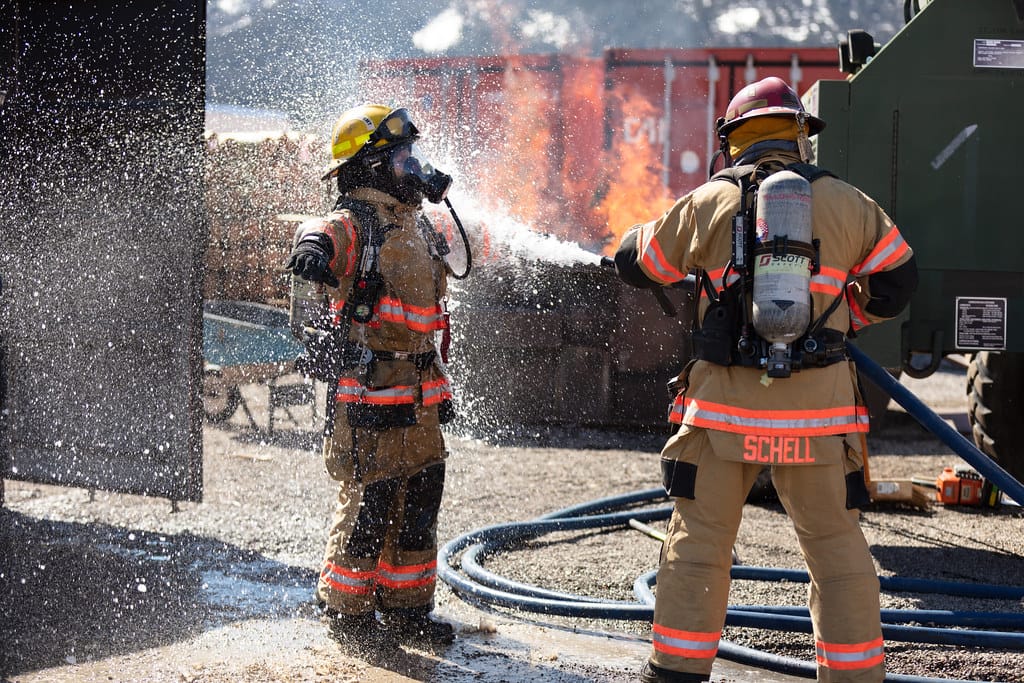 Flame Resistant Clothing: Protection Against Heat and Fire Hazards2025年6月25日When workplace hazards involve open flames, high heat, or […]
Flame Resistant Clothing: Protection Against Heat and Fire Hazards2025年6月25日When workplace hazards involve open flames, high heat, or […]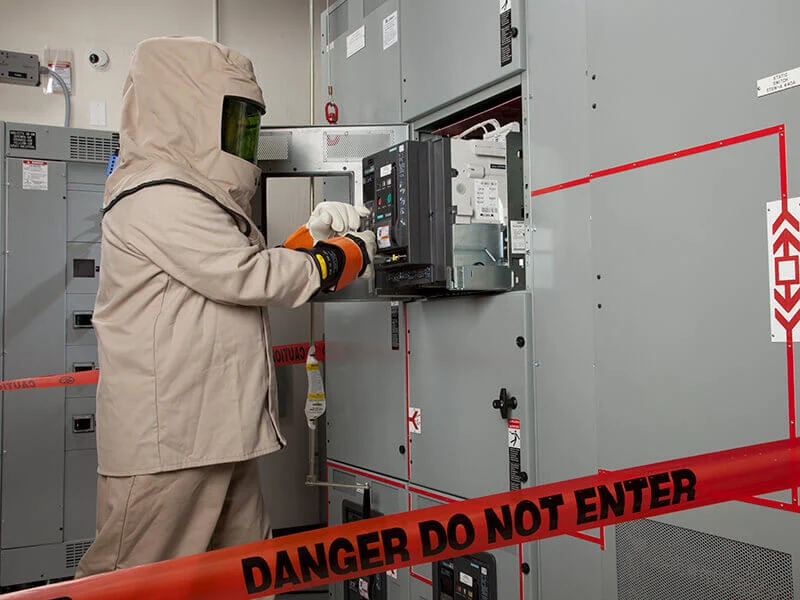 How to Conduct an Arc Flash Risk Assessment Before Selecting PPE2025年6月24日Buying arc flash PPE without a proper risk assessment is […]
How to Conduct an Arc Flash Risk Assessment Before Selecting PPE2025年6月24日Buying arc flash PPE without a proper risk assessment is […]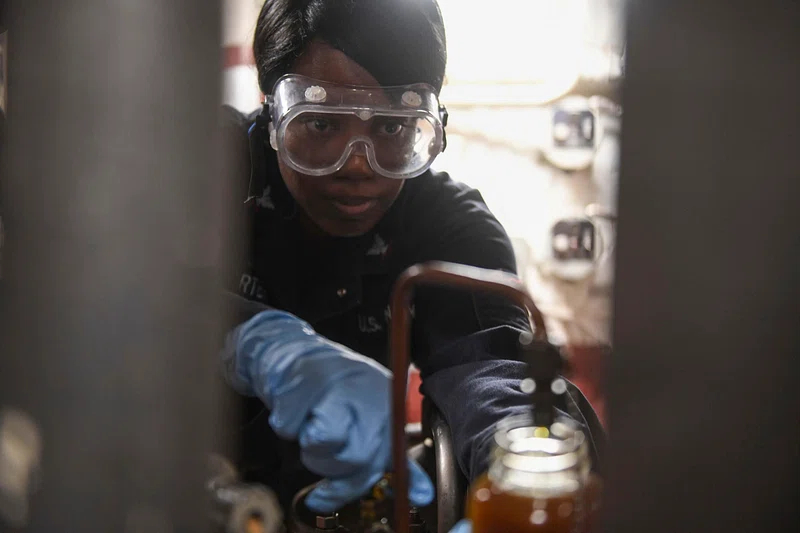 Arc Flash PPE Kits: Complete Protection in One Package2025年6月24日Building an arc flash PPE program from scratch can feel […]
Arc Flash PPE Kits: Complete Protection in One Package2025年6月24日Building an arc flash PPE program from scratch can feel […]
CONTACT US
- Feel free to contact us any time. We will get back to you as soon as we can!
- +86-17330061805
